Discovering the Polynesian islands
by Ailsa Harvey · 21/10/2020
Setting sail into the unknown on handmade canoes, this is how skilful navigators earned their homeland thousands of years ago
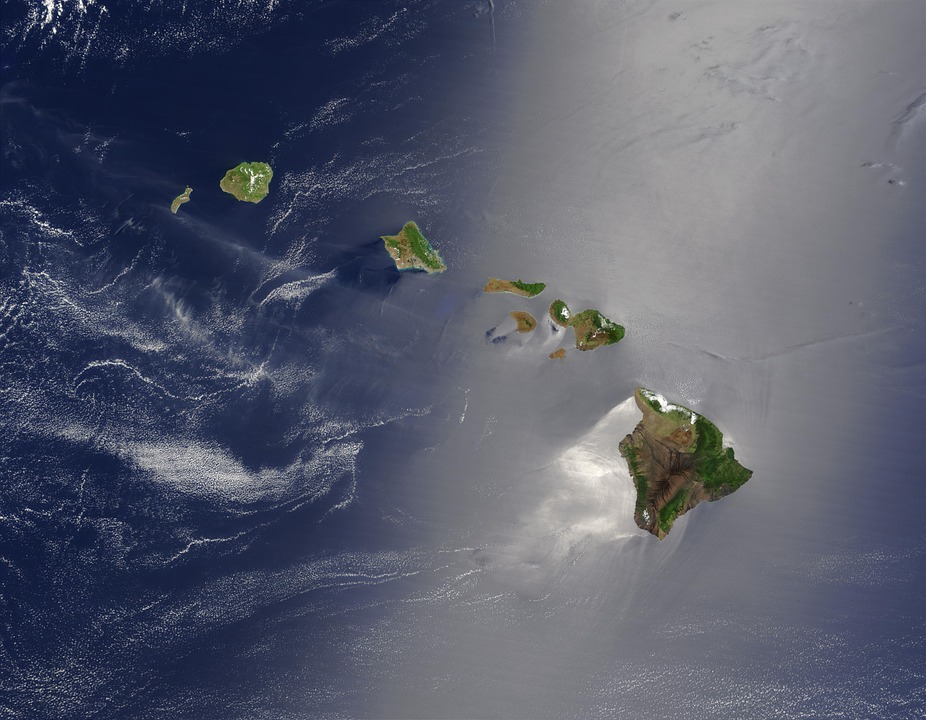
(Image source: Pixabay/WikiImages)
When early Europeans eventually explored the islands of the Pacific Ocean, they discovered they weren’t the first to find them. In fact, they were many hundreds of years late. The people they encountered on these islands were dispersed over thousands of kilometres, but had similar beliefs and customs. These were the Polynesian islanders, and their perfected navigational skills enabled them to travel distances of over 3,000 kilometres between landmasses. As they made these vast voyages, they discovered a plethora of remote islands, one by one, and became the first humans to set foot on them.
As groups of island hoppers ended their time at sea, families settled and established their home on one of 10,000 Polynesian islands. As time passed and with permanent settlers on these islands, new cultures, beliefs and language variations emerged to produce today’s communities. DNA analysis shows that all early Polynesian settlers descended from a single race of people. Studies of their past have led most to believe they originated in southeast Asia, leaving in boats to form the new populations.
The ambition of these islanders is shown in the evidence of the equipment they brought with them and the intent in their navigation. Researchers rule out the possibility of drifters accidentally discovering the islands due to the resources they carried with them to start new lives. Food and animals were taken on boats, including three known domesticated animals: pigs, dogs and chickens.
Dealing with crowded boats of people, animals and supplies, groups tackled the ocean’s menacing moods with patience and respect. Part of the Polynesian culture, living in a water-orientated part of the world, these particularly brave and persistent individuals embraced open-sea voyages despite their vulnerability, travelling for many weeks at a time. By adopting and spreading successful seafaring methods, the islanders tuned into the tides in a way most modern sailors can only begin to imagine. With none of the technology of today, could this mean these ancient people are the best navigators of all time?
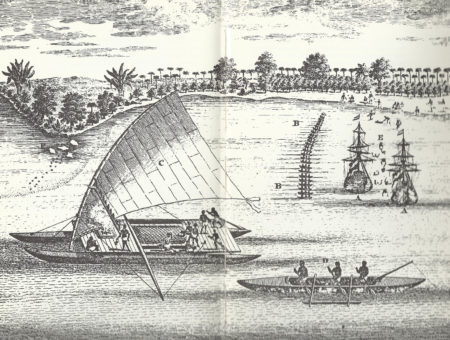
(Image credit: A Dalrymple)
Navigating the seas
On small islands, space was limited. When an island began to struggle with overpopulation, it was down to designated navigators to take to their canoes in search of more undiscovered islands. Experience and skill meant that Polynesian populations could migrate to unpopulated islands great distances over the sea.
Heading to sea for incalculable periods, ancient Polynesians had their own methods of traversing the vast and unpredictable ocean. Unequipped with technology, but well-equipped with knowledge and instinct, they followed signs from the stars, swells in the ocean and cloud formations in the sky. Some accounts speak of master navigators being able to feel five different swells that rocked their boat, just by closing their eyes. They could use these movements to tell if they were travelling in the right direction.
Some voyagers followed land-dwelling birds in the sky. They learned that the birds that fished out at sea flew from their islands in the morning and returned towards them in the evening. This helped to keep boats moving in the right direction.
Once navigation was mastered, these ancient people didn’t yet possess the ability to write down their findings. Their wisdom was taught entirely by word of mouth – which was passed on down the generations to their descendants, modern Polynesians.
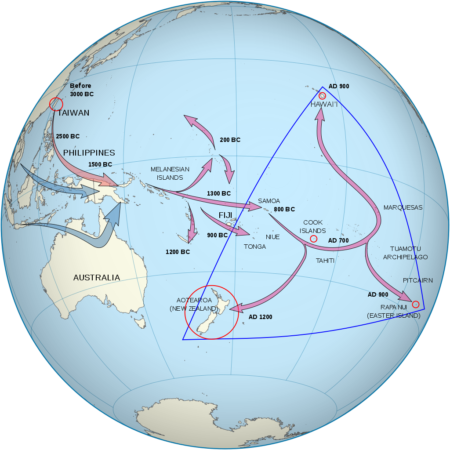
The expert navigators travelled from Taiwan to find the islands in the Polynesian Triangle (Image credit: David Eccles)
5 key destinations:
1. Through Melanesia
There has been much debate regarding the interactions between the Polynesian and Melanesian islanders. Some scientists believe their path took the majority of Polynesians past the Melanesians without too much interaction, while others speculate that they stopped and the two groups mixed together. The newest findings suggest that Polynesians island-hopped through Melanesia without picking up their genes. Later, some Melanesians ventured into the Triangle to live with the settled Polynesians.
2. Cook Islands: pre-Cook
These 15 islands are named after British explorer James Cook, but were truly discovered hundreds of years before by Polynesian islanders. Some people from these islands ventured south towards New Zealand. Despite developing a slightly different dialect, Cook islanders and New Zealanders were still able to understand each other many hundreds of years later.
3. Eastern point
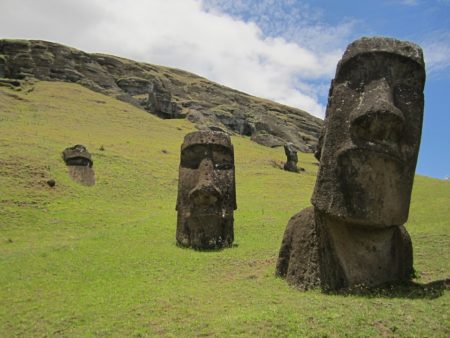
Sailing far east, Polynesian navigators who left Samoa reached Rapa Nui, now also known as Easter Island. These early settlers are documented to have brought bananas, sugarcane, mulberry and rats, which they may have eaten.
(Image credit: Marlene Hanssen)
4. Hitting Hawaii
Human-free for millions of years, Hawaii was one of the last places to be inhabited by the seafarers. Bringing their farming experience, these skills provided a main food source for the first Hawaiians. Years later another group, also of Polynesian descent, arrived, taking control and forcing the original settlers to run away into the mountains.
5. Arrival of the Maori
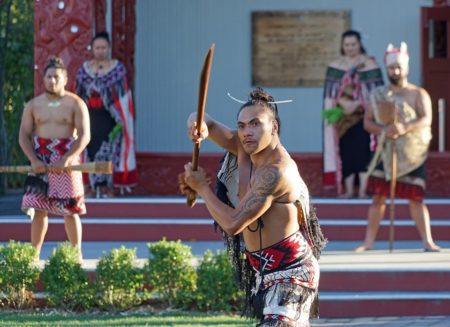
This was the last major land mass, other than the Arctic and Antarctic, to gain settlers. New Zealand marks one of the three corners in the Polynesian Triangle and the first inhabitants, the Maori, were mainly living on its east coast. This area had a milder, more habitable climate. Maori gave themselves this name after Europeans arrived. Meaning ‘ordinary’, it was used to identify the original settlers.
(Image credit: Bernd Hildebrant)
This article was originally published in How It Works issue 135, written by Ailsa Harvey
For more science and technology articles, pick up the latest copy of How It Works from all good retailers or from our website now. If you have a tablet or smartphone, you can also download the digital version onto your iOS or Android device. To make sure you never miss an issue of How It Works magazine, subscribe today!





